Indian painters and artists like Nihal Chand, Raja Ravi Verma, and Amrita Shergill have made a substantial contribution to showcasing the women of India, whether it is by portraying their beauty or highlighting them in their domestic roles. However, there exist traditions among many anonymous, rural domestic women whose imagination throbbed with artistic flair. They frequently voiced their beliefs, time-honoured tales, and dreams through wall paintings, floor art, and stories that they threaded while patching pieces of clothing. Generations of women have been forging their creations with the tools at hand, the colours they could glean, and blending them with the tales that they heard and learned from their mothers. They rummaged through what remained, creating something that conveyed collective consciousness from what have been passed down to them through ancestral lines.
A case in point is the Kantha embroidery. A plain dhoti or an old saree, some colourful threads, a needle, and an imagination infused with tales and narration are some of the indispensable ingredients needed to weave a Kantha enriched with imagery. The word Kantha, is derived from Sanskrit word, meaning ‘rags’, This dainty yet rustic craft of Kantha is the beloved pastime of the rural women residing in Bengal, Orissa, Bihar, and even Bangladesh. Kantha is both, the process and the end product. This much-coveted running stitch embroidery of Kantha has always been a leisure pursuit, a domestic affair for the women living in the nooks and crannies of the countryside. It is indeed interesting to note that Kantha craft was neither commissioned by the kings of the times nor by the landed gentry, yet the quaint tradition wondrously managed to persist from its origin over 500 years to the present day.

https://www.memeraki.com/collections/kantha/products/bird-in-kantha-embroidery-by-she-kantha
Women from the states of Odisha, Bengal, and Bihar are still practising their variations of Kantha embroidery. They envelop their time and sentiments in those harmonious moments they find in between their domestic chores and roles. With time and experimentation, this modest beginning has evolved into the creation of impressive variations, such as the nakashi kantha of Bengal. This very modesty has also allowed the women to use a montage of motifs such as fish, bawan buti, Sita, Radha, and many tales and sagas and share their sentiments of love, fear, and faith that are etched in their souls. The Sujani Kantha, with its playful, nature-suffused motifs of birds, rivers, and lotuses stitched using yellow, red, blue, and green threads, animates the plain cloth to commence the auspiciousness of a new life that has entered and enriched their homes with love and light. Sujani embroidery is mainly made to loosely swaddle a newborn. Sujani Kantha hosts a baby that has blessed a family with its cries and giggles. The simple patchwork and needlework of Kantha has rippled into multiple versions over time, such as the Anarsasi Kantha, Lohari Kantha, the cross-stitch or carpet Kantha. Who knew that the simple craft created in the spur of upcycling those time-softened clothes would be honoured so much in the present?
Madhubani art doesn’t stray far from the Kantha as far as its ideas and musings are concerned. Madhubani, the one named after “honey forest,” originated in the Mithila region of Bihar. This indigenous, women-centric art has its reference in the Ramayana, where King Janak calls up seasoned painters to draw the portraits on the occasion of Janaki’s or Sita’s wedding. The natural, earthy dyes held within the hand-drawn shapes, motifs, and lines pulsate with the creativity and sensitivity of the rustic women artisans. Fingers, twigs, brushes, matchsticks, and homemade dyes come together to breathe life into endless blueprints of lotuses, the tree of life, the sun god and the moon god, rivers, Durga, Laxmi, Shiva-Parvati, Radha-Krishna, Tulsi, deep or the earthen lamp and countless other motifs drawn on the outer walls and floors of their mud houses. Symbolising fertility, wedding dowries, hopes, pains and wishes of mothers and grandmothers, these designs are all skillfully tucked within the recurrent images. Bharni, Kachni, Godna, Kobhar, Tantric are some of the styles of Madhubani, each with their unique strains and versions.
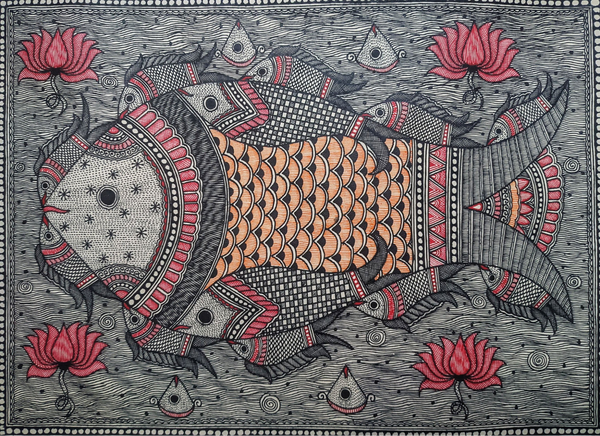
https://www.memeraki.com/products/fish-art-with-lotus-blooms-madhubani-by-ambika-devi
Another richly-textured, traditional art form that is passed down orally through instructions from generations, is the hand-designed art of kolam. Tamil Nadu stands as the epicentre of Kolam artistry. Its origin can be traced back to around 500 BCE in the Tamil region. However, Kolam has extended its beauty and practice to other southern states such as Karnataka, Kerala and Andhra Pradesh where it is known by different names, such as Aippan or Muggu. Women in these regions transform the expansive floor of their thresholds into their canvases and with the aid of calculated grids and dots (pulli), fill the spaces with labyrinthine patterns. Each morning, the women of the household begin their day by erasing the previous day’s kolum (pl. Kolangal ) using a mixture of cow dung and water. Following this ritual, they immerse themselves in creating new patterns on the flat grounds, pouring the same amount of labour and attention to the details as they did the day before. With the right combination of Pulli (dot), kambi (lines), pu (flower), sikku or nelevu (curving line), women craft delicate and undulating designs depending on the days as per the Hindu calendar. The geometric patterns of kolam that are displayed are created using makeshift, bio-friendly materials such as rocks, chalks, rice flour and even flowers on special occasions. The harmonious Kolam designs are an emblem of the oral legacy as well as our perpetual reminder of the interconnectedness of elements that have been existing and continue to exist in the cosmic realm, highlighting the fine balance between simplicity and complexity and the impermanence of ever-changing reality.
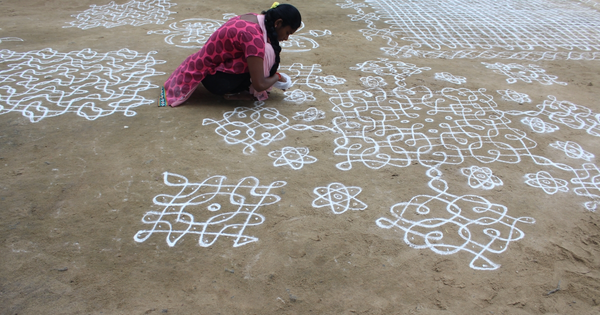
Women in India have always taken the collective responsibility to run the family and society whether it is by managing the domestic sphere of life or by actively and willfully engaging in birthing and breeding art forms. The opulent and elaborate Chamba Rumal embroidery of Himachal, the earthen pottery craft of Gujarat, the visually complex Warli art of Maharashtra and Madhya Pradesh, the motif-laden Pipili applique craft of Odisha, all thrived and attained distinctiveness primarily through the involvement and commitment of the women community of India. One thing is evident: as long as we continue to appreciate a craft, the values it represents, as well as the creators who relentlessly bring them into existence, the craft will never really come to an end.
- Kolams: The Geometrical and mathematical beauty of traditional ... Accessed March 7, 2024. https://americankahani.com/lifestyle/kolams-the-geometrical-and-mathematical-beauty-of-traditional-indian-art/.
- Sunder, Kalpana. “The Stories Hidden in the Ancient Indian Craft of Kantha.” BBC News, October 20, 2022. https://www.bbc.com/culture/article/20221020-the-stories-hidden-in-the-ancient-indian-craft-of-kantha.
- Waring , Timothy M. Sequential encoding of Tamil Kolam Patterns, January 1, 2013. https://www.researchgate.net/publication/234116828_Sequential_Encoding_of_Tamil_Kolam_Patterns.
- Halder, Tarak, Malini Sujatha, and Akash S. . The Kolam Tradition: A Tradition of Figure-Drawing in Tamil Nadu , October 10, 2023. https://www.researchgate.net/publication/318352271_KOLAM_THE_FINE_ARTS_OF_INDIAN_COMMUNITY.
- Sarita, Shodh, and Dr. Ananda Karmakar . A tradition of women-centric painting practiced by Indian Artists: A critical study , April 13, 2023. https://www.researchgate.net/publication/369976871_A_TRADITION_OF_WOMEN-CENTRIC_PAINTING_PRACTICED_BY_INDIAN_ARTISTS_A_CRITICAL_STUDY.
- Chadha, Avni. “Sujani Embroidery - the Beautiful Fabric Art of Bihar!” Caleidoscope, July 14, 2022. https://www.caleidoscope.in/art-culture/sujani-embroidery.
- Singh, Chandra Shamsher Bahadur. “Madhubani Paintings: People’s Living Cultural Heritage.” World History Encyclopedia, March 6, 2024. https://www.worldhistory.org/article/1527/madhubani-paintings-peoples-living-cultural-herita/.
- “Kantha - History & Meaning: House of Wandering Silk.” houseofwanderingsilk. Accessed March 7, 2024. https://www.wanderingsilk.org/kantha-history-and-meaning.
- “The Embroidered Kantha - Google Arts & Culture.” Google. Accessed March 7, 2024. https://artsandculture.google.com/story/GgVBd2umdnlJLA.
- https://sarmaya.in/spotlight/a-return-to-the-land-a-history-of-warli-paintings/


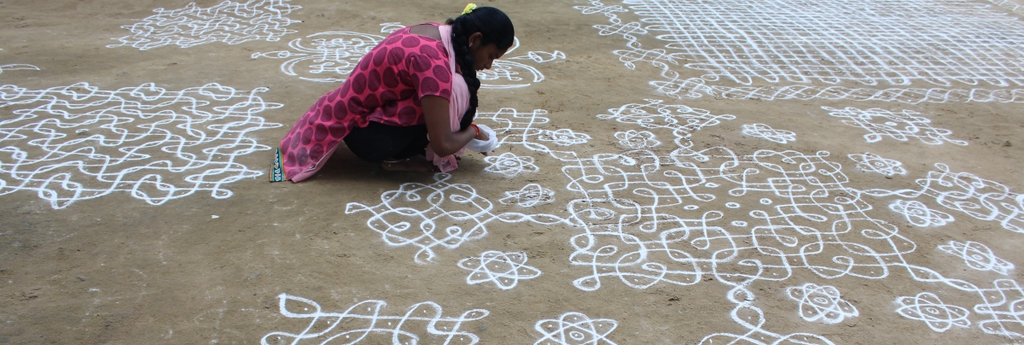










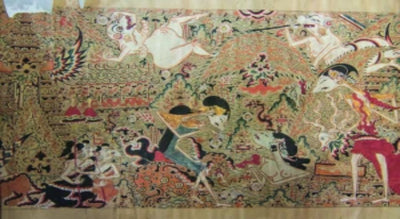
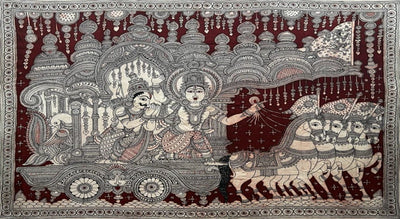

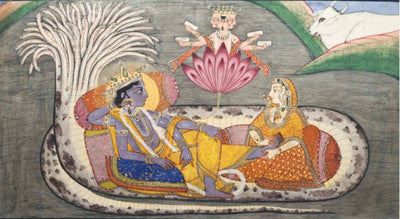
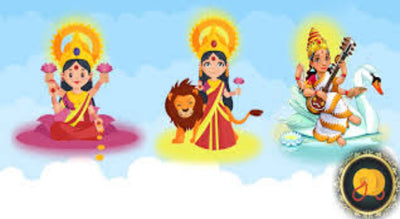
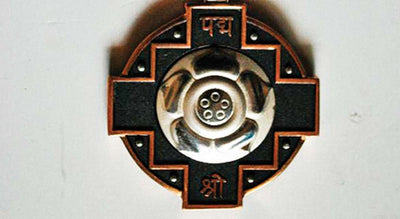
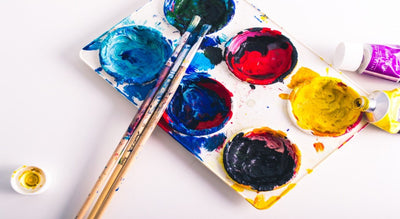
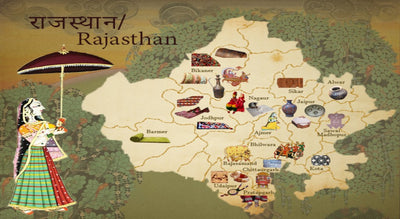
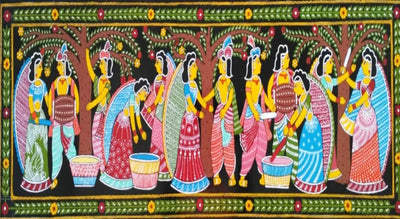
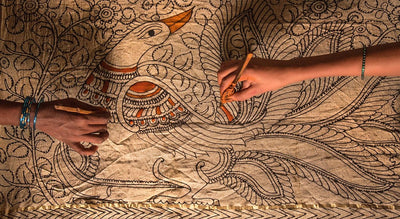
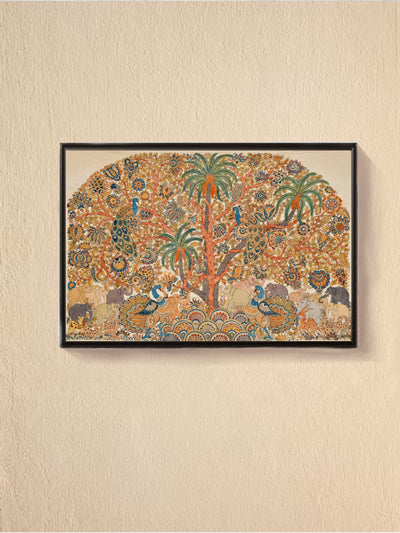







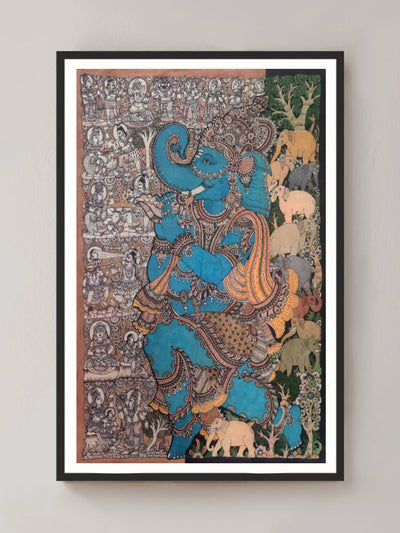








0 comments